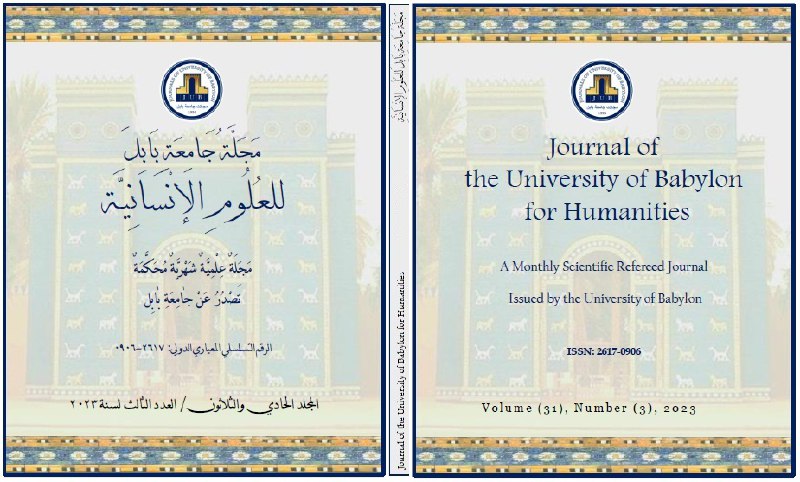The Aesthetics of the Dynamic Rhythm and its Representations in the Toulouse-Lautrec’ Works
Main Article Content
Abstract
There is no research on the French artist Toulouse-Lautrec regarding the movement rhythm، so we followed his artistic works related to the movement rhythm and its representations. The aim of this study is to identify the aesthetics of movement rhythm and its representations in the works of Toulouse-Lautrec, and since Lautrec was physically handicapped, he used to project his physical suffering on his artistic works, so his works were about movement rhythm because of his disability. On the descriptive analytical method in analyzing the samples within an artistic and philosophical framework، and we reached that the artist Toulouse-Lautrec achieved in his works a superior aesthetic through the representation of rhythm as aesthetic indications associated with time، especially in works that refer to dance scenes, the rhythmic movements were activated in multiple directions within the same work to give it Aesthetic represented by those forms and the sense of rhythmic movement and the pictorial time within the boundaries of the artwork. Lautrec’s works were characterized by the realistic side when viewed by the recipient despite the post-impressionist movement to which the painter belongs. It is a modern movement in the schools of modern painting. The painter used both shapes and lines. Colors and spaces are supportive in bringing the artwork into existence, as if he made those who support his elements an important topic.

